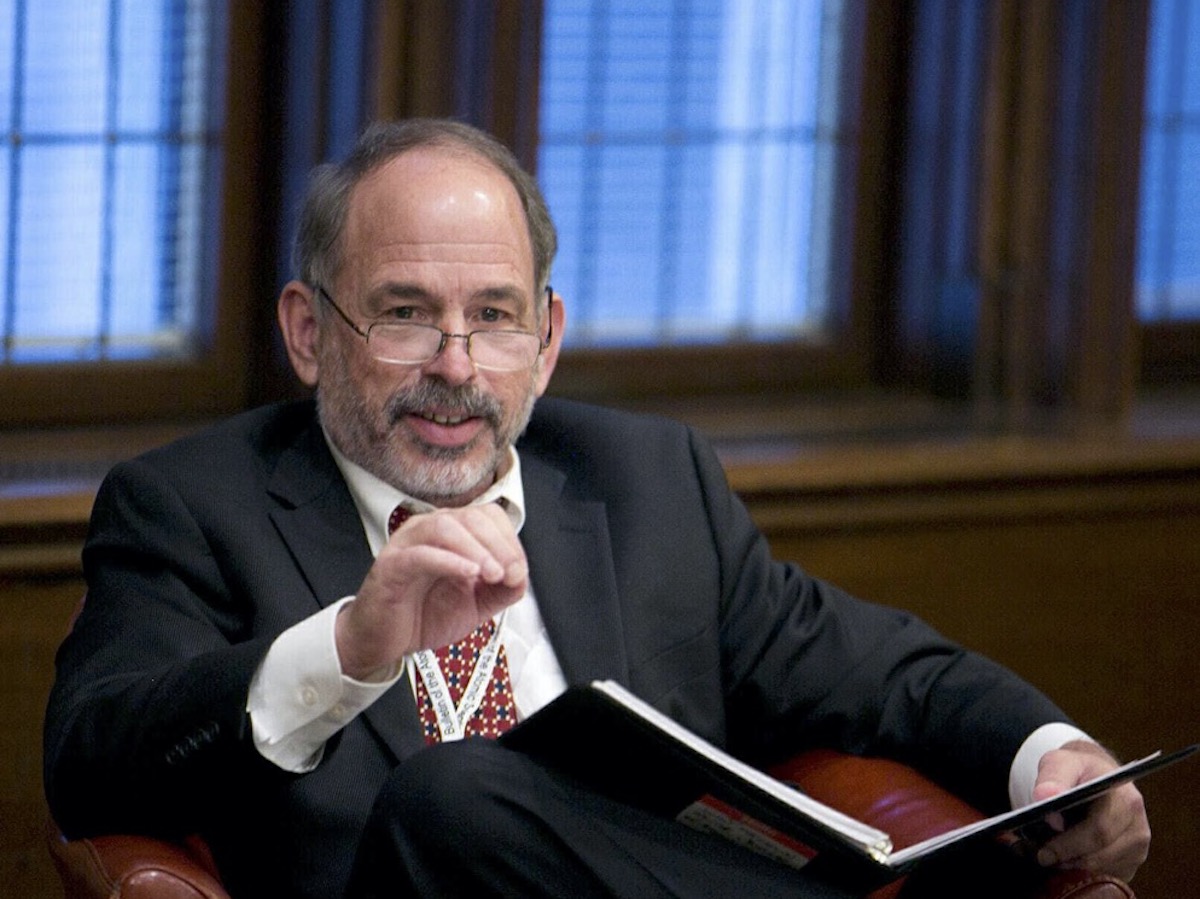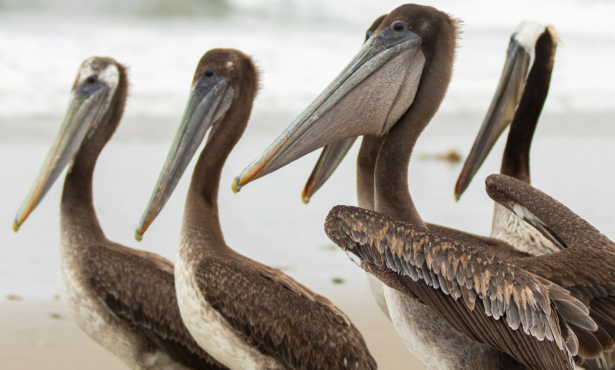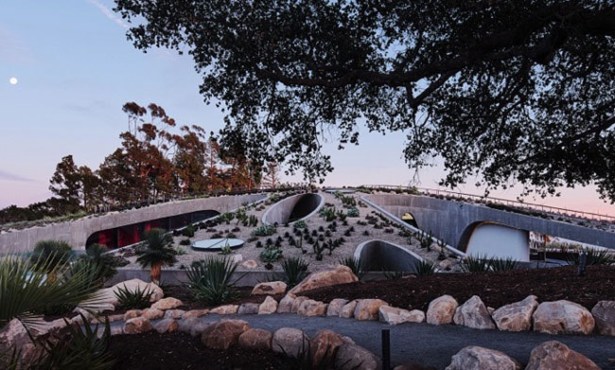Behind the Doomsday Clock
John Mecklin Explains Why We’re Just 90 Seconds from Midnight

In 1945, just after A-bombs were dropped on Hiroshima and Nagasaki, the Bulletin of the Atomic Scientists debuted. Two years later, the Bulletin unveiled the Doomsday Clock as a symbol “to convey how close humanity is to destroying itself.” Even as schoolchildren were hiding under their desks as “protection” from mega-destruction, the organization set the clock at seven minutes to midnight.
Expanding its concerns, the Bulletin now “equips the public, policymakers, and scientists with the information needed to reduce man-made threats to our existence.” This January 24, with an active war, climate change, and disruptive technologies at hand, the clock was set just 90 seconds before the witching hour — “the closest to global catastrophe it has ever been,” the organization posted. “The Doomsday Clock is sounding an alarm for the whole of humanity.”
Though the Bulletin is headquartered in Chicago, Santa Barbara editor John Mecklin has been involved with its website, digital magazine, and social media for the past 12 years, and for the last eight as editor in chief. Mecklin was founding editor of the Santa Barbara–based Miller-McCune public interest magazine, and previously edited High Country News and alternative newspapers. We checked in with him to learn if the clock can be stopped in the face of “multiple existential crises.”
Why is the Doomsday Clock now closer than ever?
The primary reason is the war in Ukraine, largely because of the Russian threats to use nuclear weapons, but also because of what the Bulletin calls “existential threats.” The Russians shot artillery at a nuclear power plant, which is a very scary thing. But also because the war changed a lot of countries’ plans to get rid of some things that would lessen carbon emissions. And several countries decided to modernize their arms — arms control has sort of gone away.
What’s the clock’s genesis?
Einstein and some Manhattan Project scientists kind of scared themselves with making the atomic bomb. They started this publication to explain to both world leaders and the general public what atomic energy is all about — they wanted atomic energy and nuclear bombs placed under international control.
The first two years, it looked like a pamphlet, and they decided they needed a magazine format. To make a cover, they tried several different things, and they put a clock ticking down to midnight. The artist was later asked, “How come it was seven minutes?” And she said, “Because that’s what looked good.”
For a couple of years, it wasn’t conceived that the hands would move. In 1949, the Soviet Union tested its atomic weapon and freaked out the editor, who on his own moved the hand closer to midnight. Everyone responded so much that through time the Bulletin has moved the hand closer to or farther from midnight to reflect the security situation.
Who sets the clock?
Our Science and Security Board. It’s between 15 and 20 experts in the four areas we cover: nuclear weapons, energy, and risk; climate change; biosecurity; and then a grab bag we call “disruptive technology” that could pose an existential threat to humanity.
How has this closer-than-ever setting been received?
I think 9,000 news entities wrote or broadcast a news story about the clock. In January, we had a million unique visitors to our website, most for the clock announcement. There are hundreds of thousands more on various video and social media feeds. And this year, the Russian government felt compelled to respond.
What did they say?
They blamed it all on the United States and NATO for starting the war.
The website has a “Turn Back the Clock” project of things you can do personally.
It sounds, in some sense, lame, but a lot of it revolves around educating yourself and organizing. Individuals can’t make the United States and Russia agree to reduce their nuclear arms, but they can organize and pressure their leaders to do that.
Personally, what does it feel like to handle this subject matter?
When I go to cocktail parties, people always ask me, “Don’t you get really depressed?” Actually, it’s the best job in journalism. You get to go out every day and try to save the world.
For more information about the Bulletin: thebulletin.org/about-us.
Support the Santa Barbara Independent through a long-term or a single contribution.



